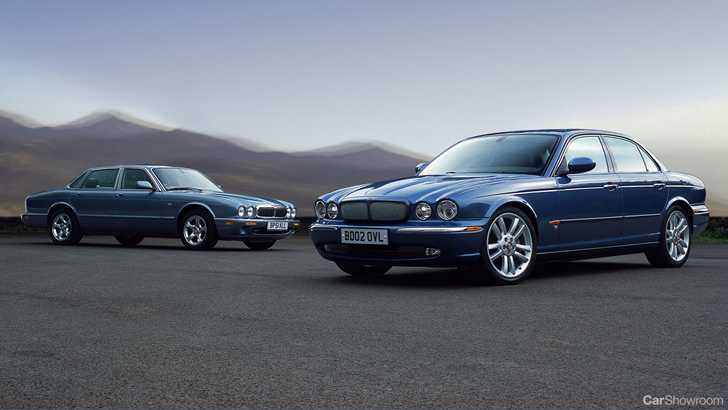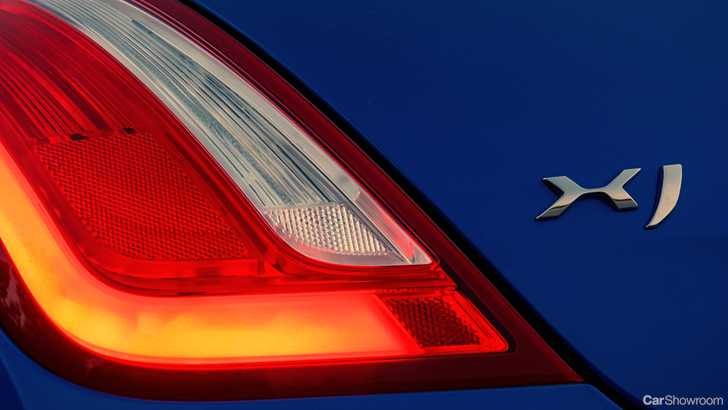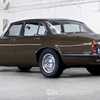Limousines face reinvention, or death. Jaguar's chosen the former.
Limousines, in this day and age, are more threatened than they ever have been, for a number of reasons. For starters, the rise of SUVs and the demand of limousine-like qualities in a high-riding package (as evidenced by the latest-generation Range Rover, and the Lexus LF-1 Limitless concept) means that buyers who may have once been interested in a traditional three-box saloon is now looking upwards, quite literally, for loftier perches.
The second threat comes from environmentalism. To power a big car, you’re going to need a big engine, and the lusty V8s and creamy V6s that we expect to find under the bonnet of a luxury limousine is now being replaced steadily by turbocharged 4-cylinders, smart diesels, and electric-hybrid powertrains. The automotive landscape is changing, changing rapidly at that, and even the steady, unperturbed limousine has to bow to pressure eventually.
But waiting for that eventuality is not something that Jaguar wants to do. Its limousine, the XJ, has long been considered a cool, old-school alternative to the mainstream German choices, offering a more traditional limousine experience than the tech-fiestas that you get in a Mercedes-Benz S-Class or an Audi A8. That’s about to change though, if reports are to be believed, as the next-generation XJ’s about to rewrite the rulebook and go all-electric for the first time.
With the exception of the Tesla Model S, we believe we’re right in our assumption that a full-electric luxury limousine has not yet been attempted in history, and Jaguar intends to set the pace in that regard. It’s a remarkable move, one that embraces the XJ’s long-standing position as a left-of-field choice in the market, while also catapulting Jaguar firmly into the 21st century. Sure, the Jaguar I-Pace will arrive sooner as the marque’s first battery-electric vehicle, but the route being taken with the XJ is far more substantial in its direction given that it demands the reinvention of a nameplate that’s been around for 50-years.
But if you take a moment to think about it, among the historical nameplates, it’s always been the XJ at the cutting-edge. Like how Mercedes uses the S-Class to show off its tech, Jaguar has used the XJ in the past to display its engineering capability and design intent: First with the X350 that debuted in 2003, the first all-aluminium Jaguar, and then the present-day X351 as a landmark shift in design traditions and reimagining Jaguar’s design language from the ground up.
An earlier report that we carried covered comments made by Ian Callum, the design director at Jaguar, who spoke about how difficulties and disagreements were overcome with the upcoming XJ, which he described as “something quite special.”
“We’ve gone through a lot of debate on the XJ, and come up with something quite special. I won’t say when it’s coming… but it’s not next year. As we work on the next one, I’ll make sure it holds onto the values of the first one, and the latest one.” — Ian Callum, Design Director, Jaguar Cars
According to a later Autocar report, the design of the new XJ has been signed-off entirely, and is now in the engineering development phase. It’s expected that the new XJ will debut later this year in time for its 50th anniversary, and feature a lot of the drivetrain technology that we’ll see first in the upcoming Jaguar I-Pace electric crossover. That may mean a 90kWh battery pack, that allows the likely heftier I-Pace to do as much as 500km on a full-charge, and beguile passengers with 294kW and 700Nm. We’ll have to wait and see.
For more information on Jaguar, check out our Showroom.



























